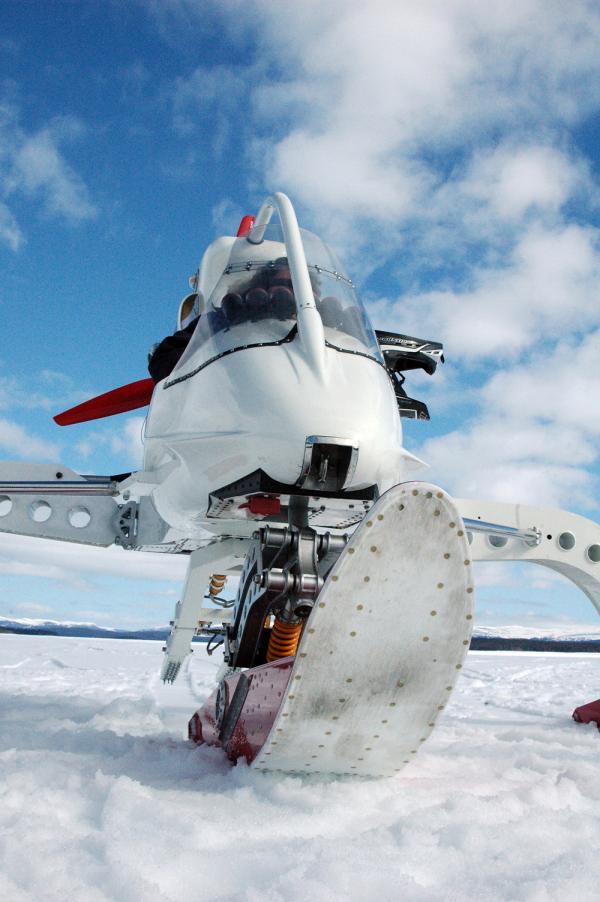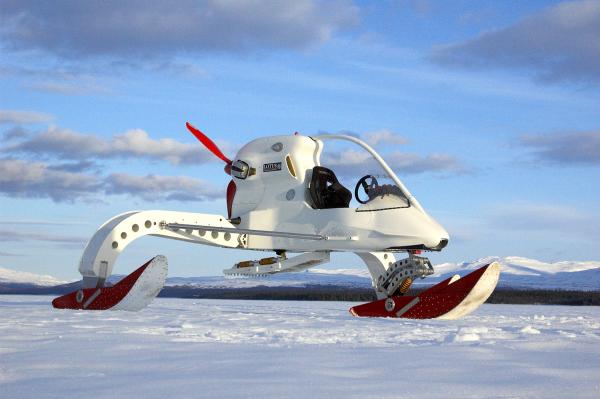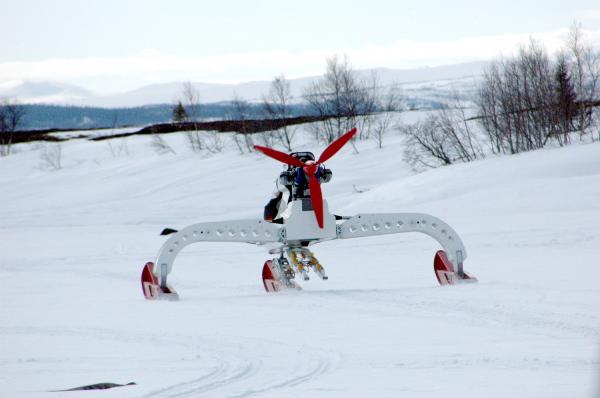
Man to Attempt Fastest Antarctic Crossing

As if breaking a world record by crossing the Gobi desert in the air wasn't enough, adrenaline junkie Pete Ash is now making a run at a world record in a climate just as extreme but considerably colder.
Ash and his 11-person team will try to set the world record for the fastest mechanized crossing of Antarctica in November and December using a kite buggy, a light, steerable vehicle, the Norwich EveningNews24 in the UK reports.
Ash's kite-buggying stunt six years ago smashed a world record in scorching 104-degree-Fahrenheit (40-degree-Celsius) heat, but his latest adventure will have him facing bone-chilling minus 40-degree-Fahrenheit. (minus-40 degree-Celsius) temperatures at the South Pole (This isn't the only extreme event involving Antarctica; a 48-year-old Australian man is attempting to run from the North to South Pole .)
This expedition is not some quaint trip on snow machines. The crew will be traveling in two giant six-wheeled, tricked-out trucks, which they prepared for the grueling trip. They will also use a revolutionary propeller-driven ski vehicle that is half-aircraft, half-sled. Ash is the crew's chief mechanic.
The Moon Regan Trans-Antarctic Expedition, as the mission is known, will spend 40 days on the ice traveling 3,600 miles (5,800 kilometers) from Patriot Hills on the southernmost continent's west coast, to the South Pole, north through the Trans-Antarctic Mountain Range to McMurdo Station , an American-run research base, and then back again. The expedition is slated to depart from Patriot Hills on Nov. 16.

The Moon Regan 'Ice Challenger' expedition of 2005 smashed the time taken to drive from Patriot Hills to the South Pole in 69 hours and 30 minutes.
The racers aim to smash the speed record on a journey completed only twice before and which took months in lumbering tracked vehicles. The ski machine is engineered to beat anything the coldest, driest, windiest place on Earth can throw at it and will also test how its biofuel-powered engine will cope in the extreme conditions.
Sign up for the Live Science daily newsletter now
Get the world’s most fascinating discoveries delivered straight to your inbox.
The two six-wheelers are tricked-out with ground-penetrating radar to check the ice for crevasses, but are also mobile fuel tankers and laboratories laden with scientific equipment, which will monitor the environment, vehicle performance, and bodies of crew members, suited up in specialist survival gear, in experiments done in liaison with expedition partners at Imperial College London.
Ash got involved after being asked to prepare the Antarctic "lab" trucks, then drive one to Sweden for testing which saw him having to mend it on the way after a breakdown.
"It was then they said 'you have to come to the South Pole with us'," Ash told the Norwich Evening News. He admitted facing the trans-Antarctic expedition, where he will take his turn driving the ski vehicle too, with a mixture of excitement and apprehension.
"I am thrilled to bits to be going to somewhere very few people get to go. But we will be driving across what is a like a frozen choppy sea," Ash said. The expedition takes its name from expedition co-leader Andrew Moon, an expert on Polar history and navigation, and businessman, and other co-leader Andrew Regan. The other team members are scientist communications experts, experienced snow drivers and a cameraman.











